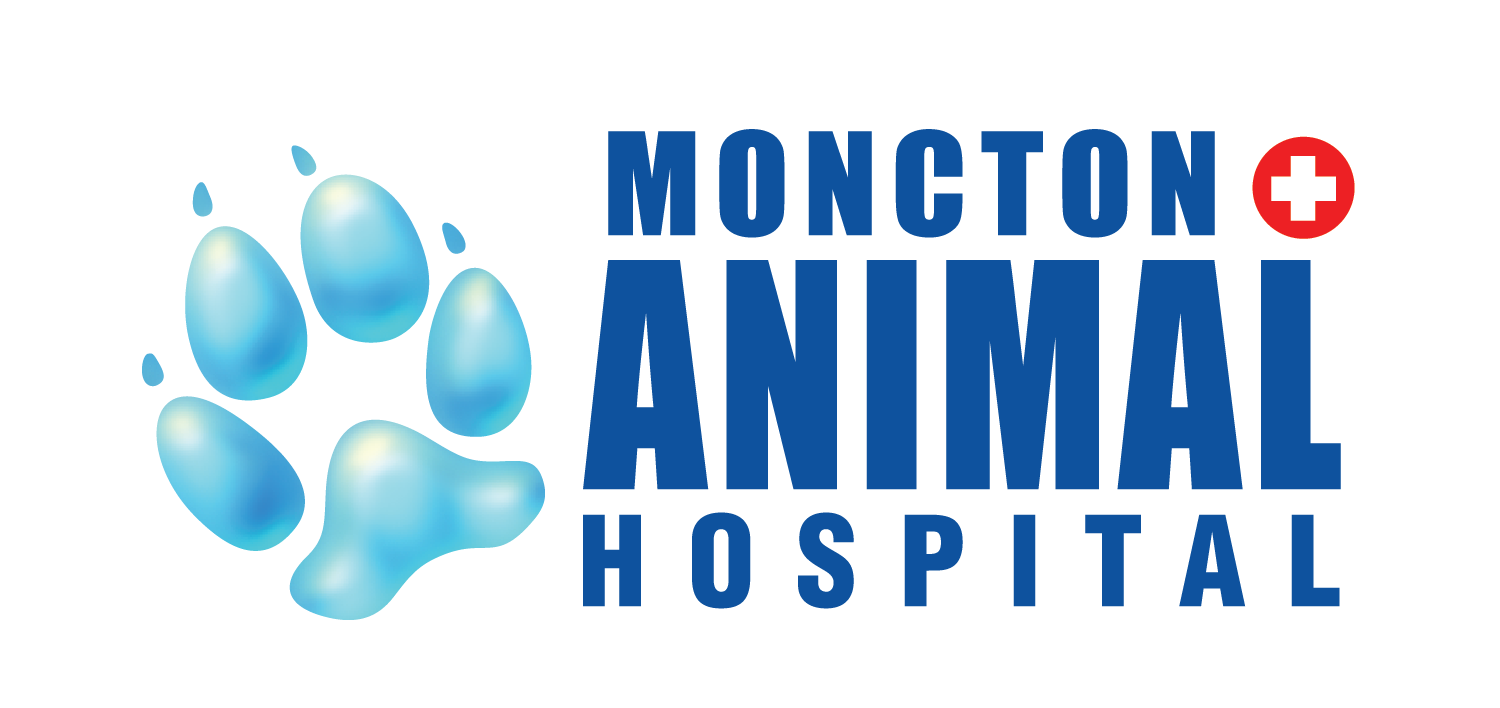Dental health is very important to the long-term health of your cat. Research has shown that dental disease is associated with worsening of heart and kidney disease, diabetes, arthritis, age complications, and many more serious illnesses. Preventative dental care is critical and treatment include things like: balanced dental diets, tooth brushing, appropriate treats and supplements. We would love to help you prevent dental disease in your cat!
What is involved in a dental cleaning procedure?
Dental cleanings (also called Dental Prophys) take approximately 45 minutes to 2 hours to professionally clean, scale, sub-gingival scale, polish and apply and rinse off with a fluoride treatment. As this involves sharp and noisy equipment, all cats must be asleep for this procedure. This also allows an opportunity to take radiographs of tooth roots to look for disease, assess the oral cavity, tongue, tonsils, back of the throat and gums, that cats rarely allow us to evaluate while they are awake.
What are signs of dental problems in cats?
Signs of dental disease in cats is very subtle. Some are more tired/sleep more, others have a mild decrease in appetite or change in food texture preference, others have significant mouth pain.
Are some breeds more susceptible than others?
All cats are susceptible to dental disease, and age does play a role in tartar accumulation and gingivitis.
What is feline tooth resorption?
Feline tooth resorption, or FORL, is a disease that has currently only been identified in cats. Through an as-of-yet unknown mechanism, the root of certain teeth suddenly dies, and the body begins to resorb the tooth from the middle out. This can cause a “neck lesion,” or a narrowing and loss of tooth enamel of the tooth at the gum line. Frequently, the tooth will break at this point, causing infection and pain.



